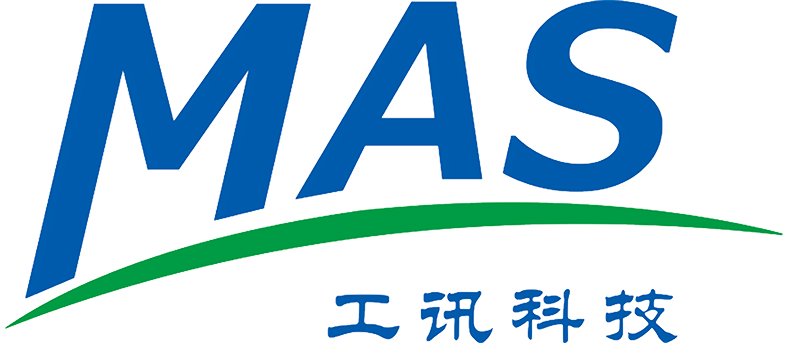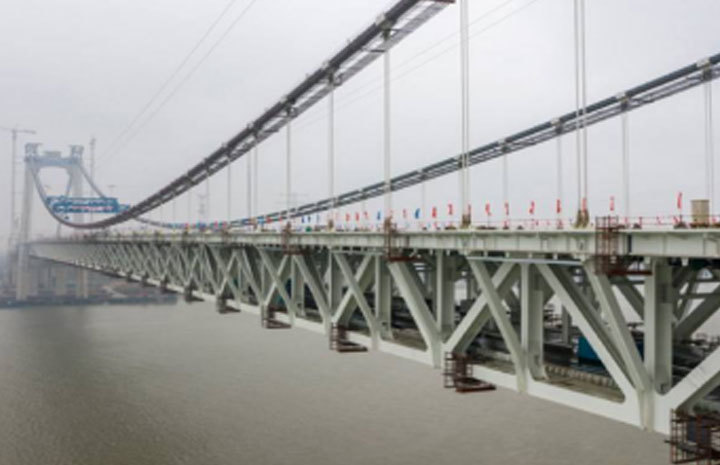
Tunnel
1. Monitoring Background
China has a vast territory and complex geographical conditions. my country has a vast territory and a complex geographical environment. Since tunnels can shorten mileage, protect the environment, improve line shape, and improve railway traffic conditions, modern high-speed railways, highways, urban rail transit, etc., when encountering complex terrain and geological conditions, mostly use tunnel construction. Tunnels are concealed underground projects with complex geological conditions and many potential and unpredictable geological factors. Tunnels are linear projects, some of which are large in scale and can be several kilometers or even tens of kilometers long. They often cross many different environmental airspaces and time domains. The engineering conditions are often complex and sometimes very harsh. If you are not careful, it will cause landslides, subsidence, mud and water gushing, deformation of support structures, injuries to personnel and equipment, etc., which will seriously affect the safety of the tunnel. In order to ensure the safety of tunnel projects and timely predict dangerous situations, it is very important to monitor and evaluate the safety and stability of tunnel projects. This is mainly to understand the operation of tunnels through monitoring means. The establishment of a monitoring system to monitor, evaluate and predict tunnel projects in order to seek benefits and avoid harm has become an urgent need for the development of modern tunnel projects.
2. System Overview
The tunnel online monitoring system provides targeted monitoring solutions for the key and difficult monitoring issues throughout the entire life cycle of the tunnel, ensuring the safety of tunnel construction and operation.
Tunnel Health Monitoring System
"The Tunnel Structural Health Monitoring System (SHMS) is a real-time monitoring framework built on an IoT sensor network and intelligent data analytics platform. By integrating multi-dimensional sensors for environmental, deformation, stress, hydrogeological, and material performance parameters, it enables dynamic full-lifecycle perception of structural conditions, anomaly early warning, and safety assessment – providing critical data support for operational safety and preventive maintenance.
Real-time Risk Alert
Automatic alarms (e.g., crack width exceedance, abnormal CO levels, displacement rate anomalies).
Data-Driven Decisions
Formulate precision maintenance plans (e.g., prioritizing high-risk components) and optimize fund allocation based on analytics.
Structural Condition Diagnosis
Quantitative evaluation of surrounding rock stability (inclination, internal displacement).Monitoring of lining convergence and concrete stress evolution.
Hidden Defect Identification
Detection of internal rock voids and bolt stress loss.Tracking material degradation (carbonation depth, corrosion rate).
Disaster Prevention
Dynamic control of environmental smoke/toxic gases.Hydrological parameter-triggered drainage systems (e.g., activating pumps upon pore pressure exceedance).
Environmental Monitoring
Real-time perception of tunnel microclimate and disaster risks to ensure traffic safety and equipment operation.
Structural Deformation Monitoring
Quantifies displacement/settlement trends of surrounding rock and lining to warn of structural instability.
Stress-Strain Monitoring
Tracks internal stress states of concrete and support components to evaluate load-bearing capacity degradation.
Hydrogeological Monitoring
Monitors groundwater erosion and seepage pressure to prevent water influx and lining corrosion.
Other Specialized Monitoring
The structure health monitoring system also incorporates various sensors—including crack detection, traffic load measurement, and video surveillance—delivering comprehensive coverage across all critical dimensions of structural health monitoring to form a fully integrated surveillance network.





